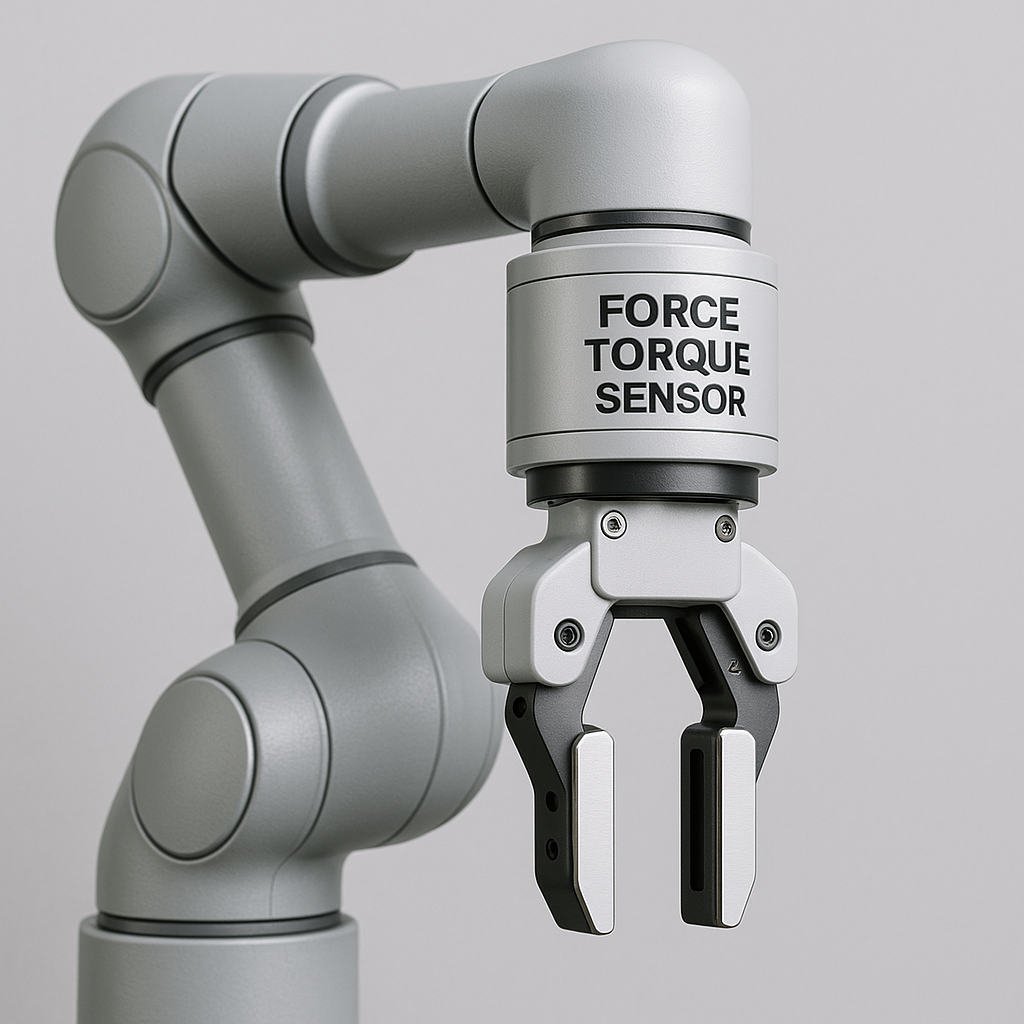Many things like AI, automation, innovative sensors, and new social and tech environments are pushing robots to more industries.
According to the post from Standardbots.com, companies are investing a lot of money at automation because they literally have no choice. Between labor shortages, rising costs, and AI-driven tech that makes robots way smarter, the industry is shifting fast.
Q : Why robots are widely applied to industrial sites?
A1 : Labor shortages : No enough people are willing to do repetitive, physical jobs for relatively low pay. Companies can’t find enough workers to keep up with demand. The robots don’t make unions.

A2 : Development of sensors in robotics : Robotic sensors have evolved from simple safety devices to sophisticated systems that are core to modern robotics. Among these, force torque sensors have become essential for enabling robots to interact with their environment with precision and adaptability. For your information, I will post more detailed articles on the importance and history of force torque sensor technology next time.

A3 : AI Development : Robotics is closely linked to AI, as robots are physical machines designed to perform tasks, often in environments that are dangerous, repetitive, or difficult for humans. Traditionally, robots were programmed to perform specific, repetitive tasks, such as those found in manufacturing. However, the integration of AI has transformed robotics, enabling robots to perceive their environment, adapt to changes, and perform more complex and flexible tasks. Recent developments include humanoid robots that can learn from human demonstrations, interact naturally with people, and operate in unstructured environments. For example, robots equipped with AI can now plan tasks, communicate using natural language, and even learn new skills through observation and imitation. Companies like Tesla and Amazon are experimenting with humanoid robots in manufacturing and logistics, highlighting the growing role of advanced robotics in industry.
In summary, AI and many other factors have evolved from automating simple, repetitive tasks to performing complex intellectual activities, while robotics has shifted from rigid, pre-programmed machines to adaptive, intelligent systems. Their convergence is driving a new era where robots can think, learn, and interact like humans, transforming both industry and everyday life.
Leave a Reply